Wait… they didn’t tell you about THAT in the lease?
That first warehouse lease is like dating someone who seems perfect until they reveal they have $50,000 in credit card debt. Surprise!
Levi Cohen, CEO and Co-Founder of WareSpace, and commercial real estate professional, has seen countless entrepreneurs fall victim to hidden costs and restrictive terms. After years working for traditional landlords, he’s now creating a new category of small-scale, flexible warehouse space—and he knows exactly where the bodies are buried in traditional leases.
So, if you’re a small business owner ready to graduate from their garage, but wary of getting trapped in a bad lease, then you’ll want to keep reading.
The True Cost Beyond Base Rent
When you’re outgrowing your garage or home office, that first warehouse lease looks tempting. The base rent seems manageable on paper.
But here’s what most small business owners discover too late: that advertised monthly rent is just the beginning of what you’ll actually pay.
Traditional warehouse leases come with a mountain of hidden costs that can blind side you and threaten your business’s financial health.
“The rent structure in a typical warehouse building—you pay a base rent to the landlord, but all routine expenses at the building are then paid for by the tenant,” Cohen says.
These hidden costs include:
- Unpredictable maintenance and repair expenses
- Full responsibility for expensive equipment failures
- Common area maintenance (CAM) charges
- Separate contracts for cleaning, utilities, pest control, and HVAC
- Surprise end-of-year reconciliation bills
- Personal guarantees that put your personal finances at risk
Unlike large companies with dedicated facilities teams, these burdens fall disproportionately on small business owners. Suddenly, you’re not just running your business. You’re also an unpaid facility manager.
“The smaller you get, those routine maintenance items become very time-consuming. There’s a cost in time and human capital, as well as an unknown in terms of how much it’s actually going to cost to repair something,” Cohen adds.
Protection Through Due Diligence and Negotiation
The key to protecting yourself is thorough due diligence before signing anything. Small business owners must understand their lease terms completely, with particular focus on who’s responsible for what.
This is especially crucial because, unlike large tenants with negotiating leverage, small businesses typically face “take it or leave it” situations.
“Smaller tenants. No one cares about them,” Cohen says bluntly. “You’re not gonna negotiate. They’re gonna basically say ‘take it or leave it. Here’s the keys. Good luck.’”
While traditional warehousing might appear less expensive on paper, the true cost—including all hidden expenses, time investment, and financial risk—frequently exceeds all-inclusive alternatives.
Levi Cohen’s 4-Step Check List for Lease Reviews
Step 1: Identify All Responsibility Allocations
Before signing, create a comprehensive list of all equipment, systems, and areas in the facility. For each item, explicitly identify who’s responsible for maintenance, repairs, and replacement.
“What I’m responsible for paying for versus the landlord would be number one,” he explains, as if he were a tenant. “And when something breaks, who’s responsible and who’s not responsible, and under what circumstances.”
Pay special attention to big-ticket items like HVAC, loading docks, electrical systems, plumbing, and roof integrity. These can become catastrophic expenses if not properly addressed in your lease.
Step 2: Assess Existing Equipment Condition
Never take a landlord’s word that everything “works fine.” Conduct professional inspections of all key systems before signing.
Cohen suggests tenants to think ahead with a line of questioning that prepares them for those emergency situations.
If your space is coming with an HVAC unit that’s 5 years old. What happens in a month from now if that thing breaks and needs to be totally replaced? Let’s say that’s a $20,000 charge. Who’s paying for that?” Cohen asks.
Document the current condition of all equipment and infrastructure, understand the remaining useful life of major systems, and try to negotiate replacement provisions for aging equipment.
Step 3: Understand and Negotiate Personal Guarantees
Most commercial landlords will demand personal guarantees that put your personal finances at risk if your business struggles.
“They’ll make you put up some kind of personal guarantee on the lease,” he warns. “If your business goes south, and the landlord has a contractual right to come and collect a hundred thousand dollars from you,” Cohen warns.
Then you’re a hundred thousand dollars short with a subpar warehouse and a failing business. Nobody wants that.
Evaluate the extent of your personal liability exposure and try to negotiate limits where possible. Consider the worst-case scenario implications for your personal finances, and seek graduated or “burn down” guarantees that decrease over time if you can.
Step 4: Secure Flexibility Provisions
Business needs change, often faster than you expect. Your lease should account for this reality.
“The [other] thing to really be considering is the length of the lease. Do you know where your business is going to be in 3 to 5 years? Because if you need double or triple the space, you’re not going to get out of this lease,” Cohen cautions.
Negotiate for:
- Expansion rights for adjacent spaces
- Sublease options to mitigate risk if your space needs change
- Shorter initial terms with renewal options
- Provisions for unexpected business disruptions
Avoiding Surprises That Threaten Your Business
When small business owners understand the true costs of warehouse leasing before signing, they protect themselves from potentially devastating financial surprises.
“One of our first tenants was at the one-yard line, almost signing a lease at a dingy industrial park,” Cohen recalls. “They were gonna make her pay about $35,000 to renovate and sign a personal guarantee on a 5-year lease. And then she found us, and it was like, holy crap.”
By doing your homework upfront, you can:
Achieve financial predictability and protection:
- Properly budget for your total occupancy costs
- Avoid cash flow crises that threaten your business
- Protect personal assets through limited or no personal guarantees
Focus on business growth, not building issues: Cohen says that way, you can solely focus on your business. “Stuff happens that you have to deal with, but it’s nice not to have to worry about an old warehouse building failing on you.”
This means:
- Freeing up mental bandwidth for core business operations
- Eliminating unexpected repair emergencies that disrupt your day
- Spending your time-serving customers, not managing facilities
Maintain flexibility for business evolution:
- Scale your space needs up or down as your business evolves
- Avoid being trapped in inappropriate space as your needs change
- Eliminate the need to maintain multiple inefficient locations if your original space becomes too small
The most successful small business owners understand that a warehouse should enable your growth, not become another problem to solve. By knowing what to look for and what to negotiate, you’ll avoid the pitfalls that catch so many entrepreneurs by surprise.
Ready to scale your business?
Find the ideal warehouse space for your business at a low monthly rate, near you.
- 12+ prime locations
- 1,200+ customers
- Rated 4.8 out of 5
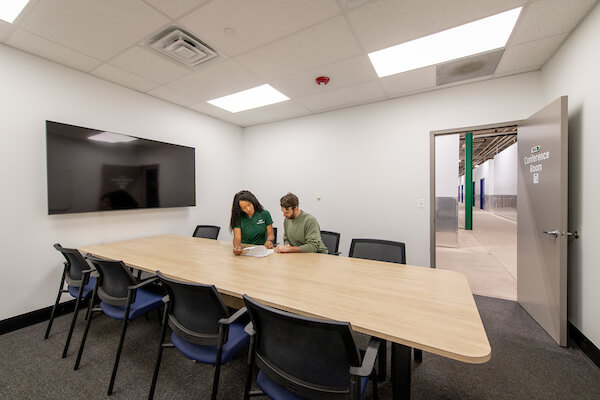
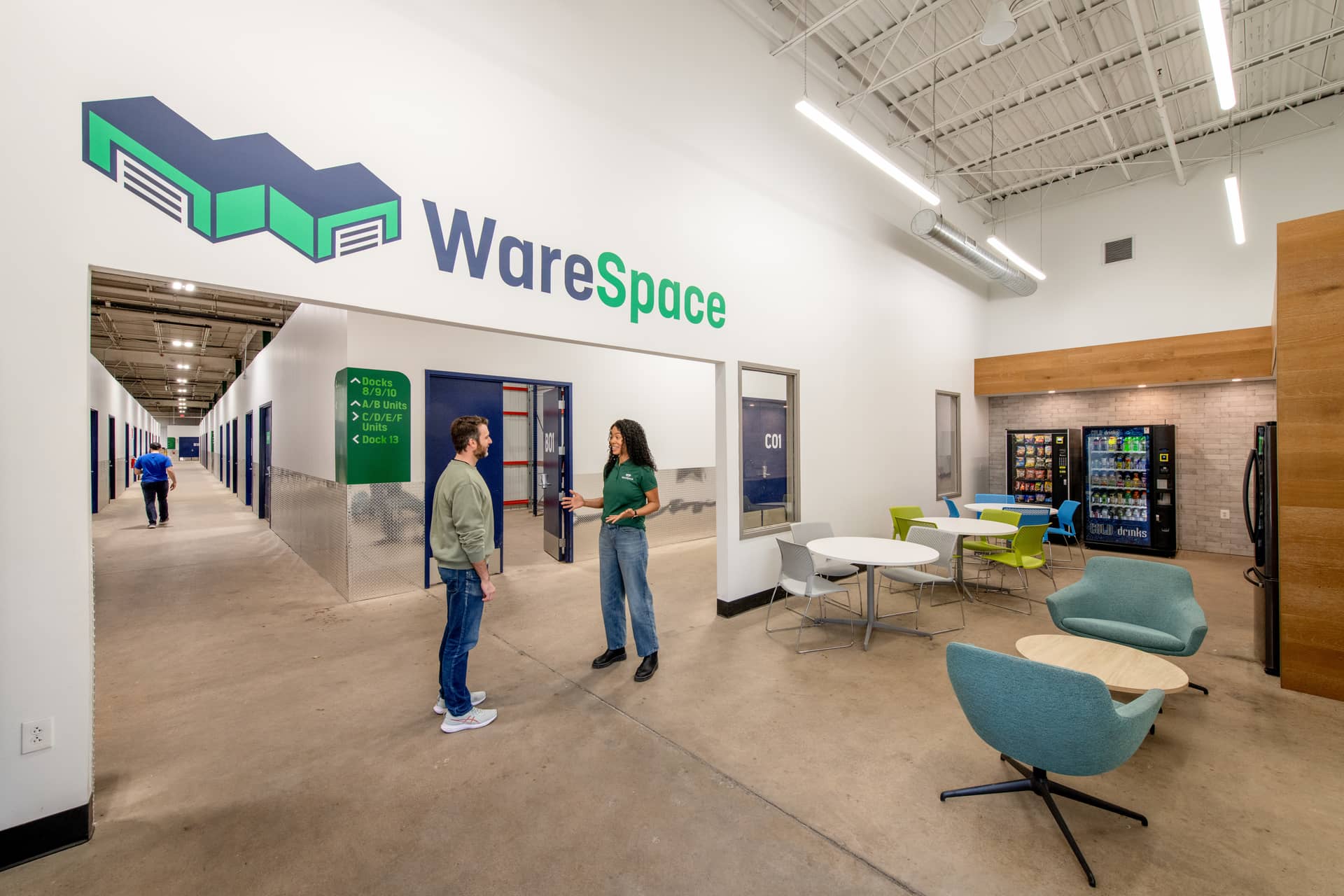

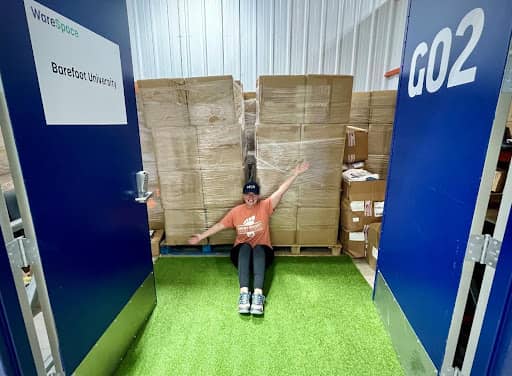
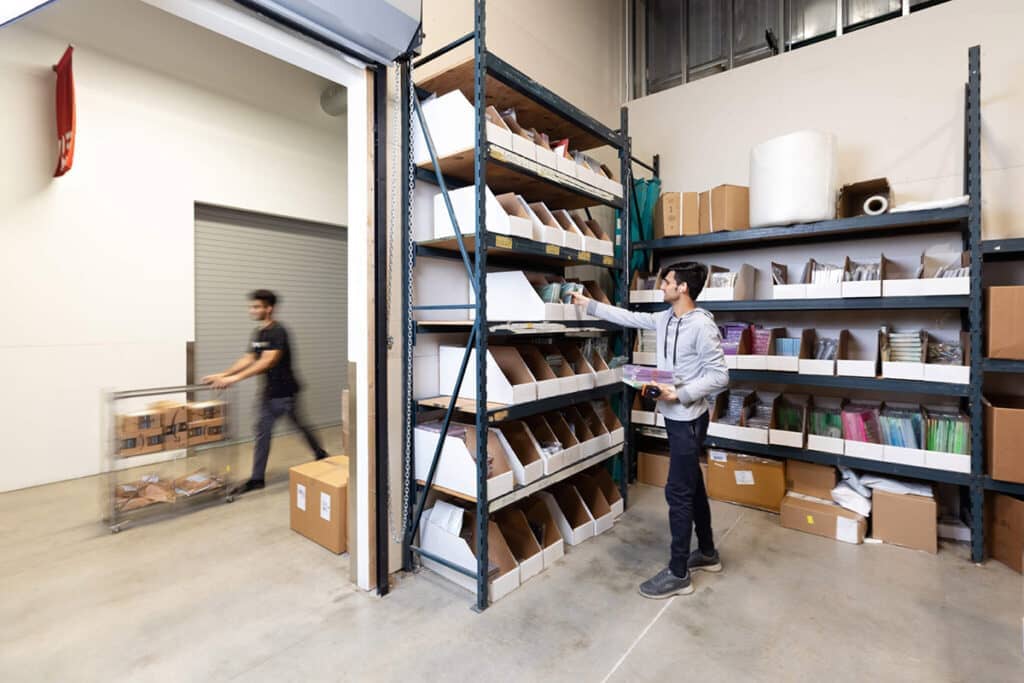
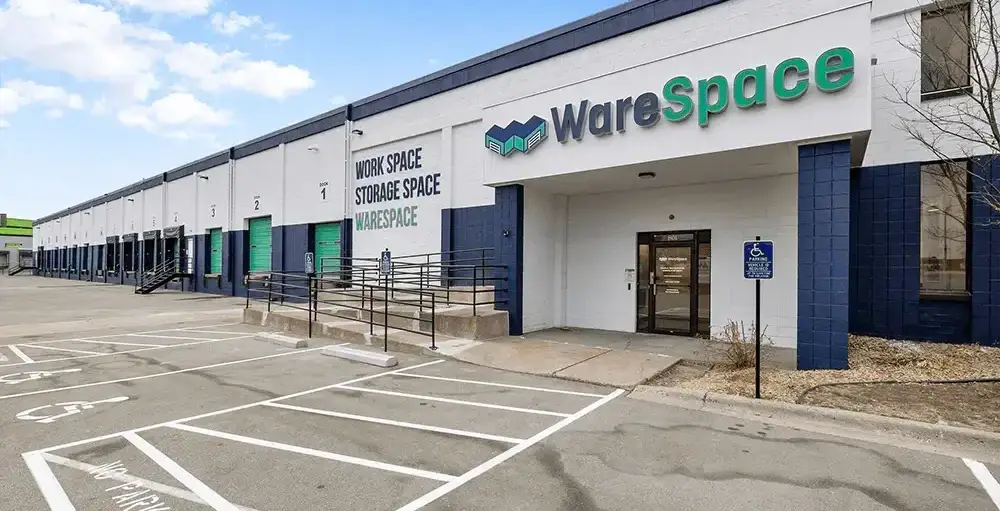
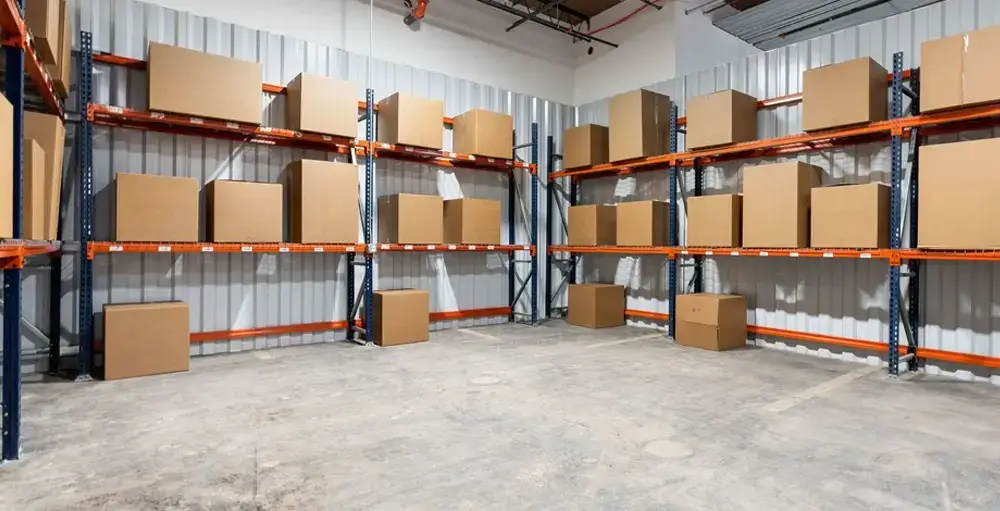
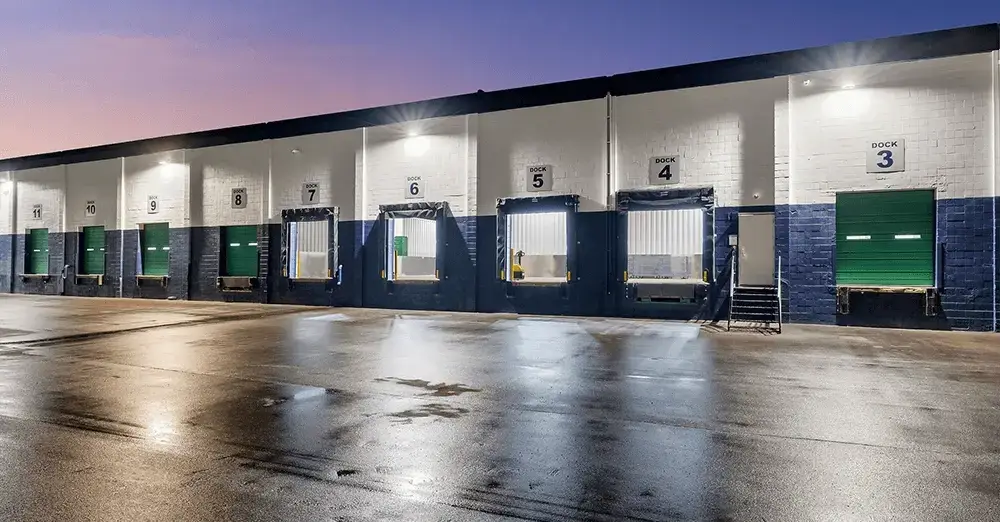
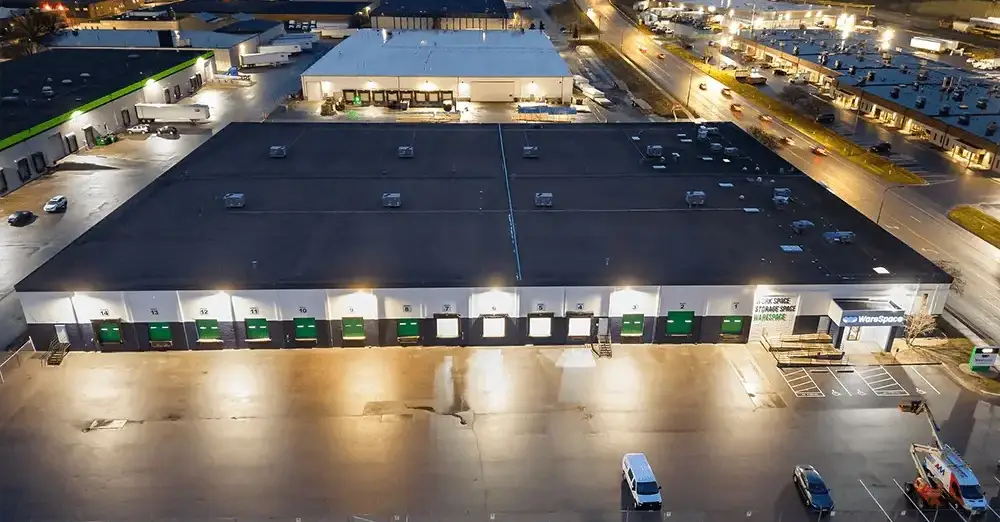











 ►
Explore 3D Space
►
Explore 3D Space